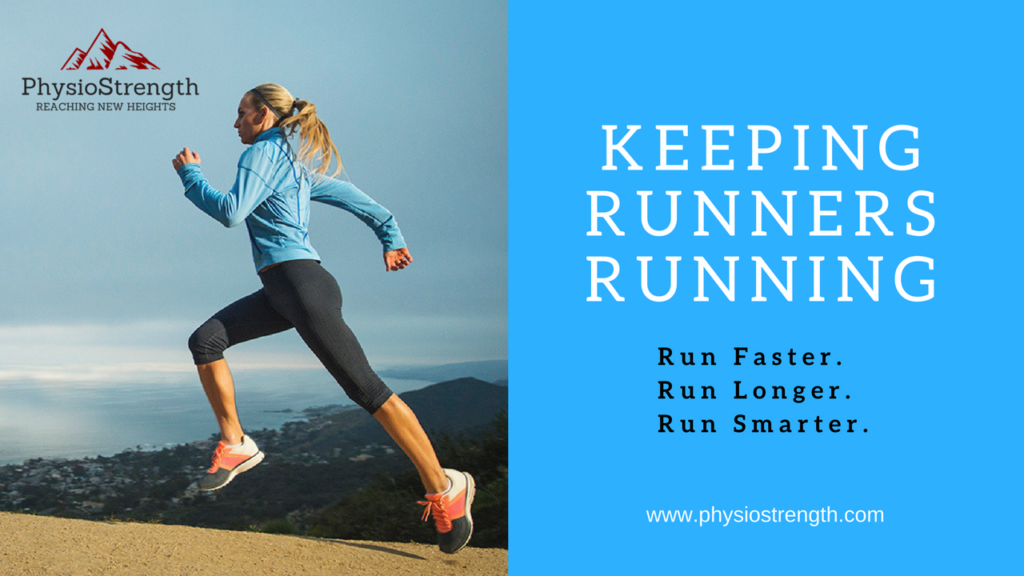Knee Pain: It’s Not The Knee’s Fault

Are you experiencing knee pain when you go up or down stairs, squat, run, or with other daily activities? You are not alone. Many people suffer from daily knee pain. The good news is that it can be fixed!
The Bad Knee
In my experience in treating knee pain, I’ve noticed a trend. Many of my patients come to me and tell me they have a “bad knee.” My response is always asking the patient why they believe they have a bad knee. Most of the time, they respond with something along the lines of, “because my doctor took an x-ray and saw there was damage to my cartilage.” This same trend could be said for other regions of the body as well. Many of these “degenerative” and “arthritic” changes seen on imaging are completely normal. In fact, if you look at imaging studies performed on “healthy” populations without pain, you’ll find the exact same images that you would find in an “unhealthy” population. If you are a provider reading this blog, please stop telling your patients they have damaged tissues! There’s no need to instill this false sense of disability in our patient’s heads. Degenerative changes of the joints in the body is a normal process of aging and is not necessarily directly correlated with disease or dysfunction. Movement patterns and biomechanics are more often the culprit behind knee pain.
When it comes to knee pain, it’s generally not the knee’s fault. Knee pain usually has to do with a biomechanical issue at the ankle, a muscular control issue at the hips, or a combination of both. The relationship between your ankles, knees, and hips is referred to as the kinetic chain. The movement of each joint influences the movement of the neighboring joints. If you ever go to a clinician for knee pain and they only focus on your knee, please go see a different clinician. When assessing knee pain and trying to determine the cause, it is crucial to thoroughly assess other areas of the kinetic chain, particularly the foot/ankle and the hip.
The Hip Controls the Knee
How does the hip influence the knee? Your hip musculature is very powerful. The hips are near your center of gravity and much of your athletic power is developed through the hips. Take a golf swing for example. Much of the rotary force through the swing is actually generated through the hips. Similarly, many of the running injuries that I treat in the clinic, are due to hip muscle weakness. Your hip abductors are very important muscles. These are your gluteal muscles located on the outer portion of your hips and your buttocks. There are multiple gluteal muscles, all of which are important for not only stabilizing the pelvic girdle, but also controlling the knee. There is a direct correlation between glute weakness and increased risk for ACL tear. Why is this? The knee joint has good sagittal (front-to-back) plane stability. This means that there are strong muscles on the front (quadriceps) and strong muscles on the back (hamstrings). However, there aren’t really any good stabilizers along the sides of your knees. Instead, it is the hip abductor muscles that are responsible for controlling and stabilizing the knee in the frontal (side-to-side) plane. Try this; stand in front of a full-length mirror and try doing a single leg squat. Try a few of these. Does your knee dive inward or does it stay lined up straight? If it is diving inward, there is likely a lack of muscular control at the hips, or perhaps an issue with mechanics at the foot and ankle that is causing the knee to dive inward. Let’s discuss how the ankle influences the knee as well.
The Foot and Ankle Control the Knee
How does the ankle influence the knee? The foot/ankle is the first thing that hits the ground during gait. Therefore, it is the first body region that must deal with ground reaction forces. The foot and ankle together have triplanar motion, meaning that the joints move in multiple directions. The alignment and set-up of your foot and ankle, will determine how your knee moves. During the stance phase of gait (walking) the foot becomes a relatively fixed structure and the tibia (shin bone) moves forward along the ankle. Since the tibia is part of the knee joint, this movement dictates knee movement as well. We could get lost in the biomechanics of what is happening at each joint and the relative force vectors but that’s not what is important. The key thing to understand here is that foot and ankle mechanics drive knee mechanics. End of story. Are there ways we can change mechanics of the foot and ankle? Sure. Some people have different arch heights, some feet are more rigid, whereas some are more mobile. There are certain exercises and training drills to influence foot and ankle mechanics. Even selecting the correct shoes based on your foot type becomes very important when treating knee pain. If you take away one thing from reading this article, please understand that knee pain is influenced not only by the knee, but more importantly by the mechanics of the foot, ankle, and hip.
Managing Knee Pain
Knee pain can be very debilitating and really impact your function and overall quality of life. Many people with knee pain do not seek treatment initially because they think the pain will eventually just go away. The reality is that knee pain can be successfully treated with physical therapy. Most knee pain can be managed conservatively and doesn’t usually require surgery. Of course there are times when surgery is indicated, but in the absence of an acute, traumatic event, most knee pain can be treated non-surgically. In fact, if you’ve read my previous post on meniscus surgeries, you’ll know that many times, conservative management of knee pain is just as effective (sometimes more effective) than surgical intervention!
When you come to PhysioStrength Physical Therapy for your knee pain, we will take you through a thorough assessment including analyzing your movement patterns, biomechanics, strength, and other aspects of function. We will determine the cause of your pain, not just treat the symptoms. If you have been experiencing knee pain, do yourself a favor and come see us today. You will not be disappointed with the care you receive here. Our goal is to help you get back to living an active, healthy, and pain-free lifestyle to feel better, move better, and live better.
Are You A Runner With Knee Pain?
If you are a runner experiencing knee pain, I highly encourage you to check out our online running workshop, Keeping Runners Running. It will take you through 6 modules and 23 lessons and teach you all about how to manage your running injuries, how to increase running performance, and how to develop your own training program. Please feel free to contact me regarding any questions about the running workshop.


